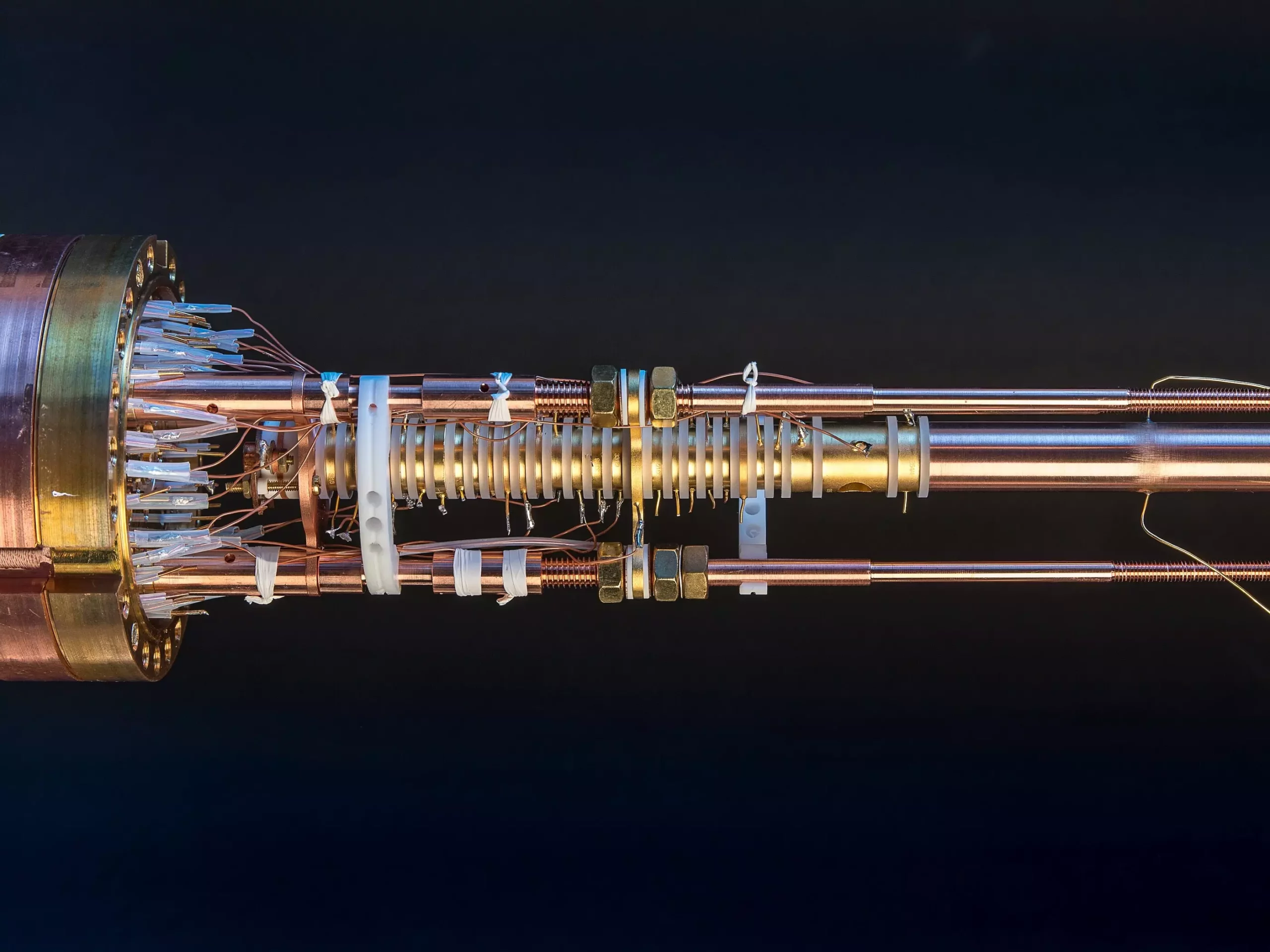Atoms are the building blocks of matter, each composed of a nucleus encased in a shell of electrons. This electron shell functions as a formidable “electromagnetic shield,” creating layers of complexity in our understanding of nuclear properties. The phenomenon is not merely a theoretical concept; it plays a crucial role in fields such as chemistry and fundamental physics. A significant breakthrough occurs when researchers can penetrate this veil of shielding to obtain accurate measurements of magnetic moments and other quantum properties of atomic nuclei. Recent work from Klaus Blaum’s team at the Max Planck Institute for Nuclear Physics represents a major stride in this direction.
The group achieved outstanding results by measuring the magnetic moment of beryllium-9—an isotope of beryllium—with an unprecedented level of precision. Previously known measurements were flawed by an order of magnitude, but their methods now allow scientists to obtain readings 40 times more precise than those earlier results. This increased accuracy not only enriches our understanding of atomic structure but also lays the groundwork for enhanced applications in nuclear magnetic resonance (NMR), an essential tool widely used in chemical analysis and medical imaging.
Nuclear Magnetic Resonance is akin to magnetic resonance imaging (MRI) but focuses on the atomic level rather than the human body. In essence, both NMR and MRI leverage the properties of nuclei within strong magnetic fields. When placed in such a field, certain nuclei behave like tiny magnets capable of precessing, much like how a spinning top wobbles. The electron shells surrounding these nuclei interact with their magnetic moments, thus providing a “chemical fingerprint” of the material being studied. This process is fundamental for researchers looking to decipher the intricate chemical relationships within compounds.
However, measuring these minute magnetic moments is fraught with challenges. While modern computational methods aim to provide a theoretical framework for predicting properties like magnetic moments, they often fall short due to the complex interactions among multiple particles. Zoltan Harman, a theoretical physicist who contributes to such calculations at the Heidelberg institute, notes that accuracy remains elusive when multiple bodies interact. As a result, experimental approaches are paramount.
Klaus Blaum’s team has uniquely utilized Penning traps to perform these delicate measurements. A Penning trap is a sophisticated device that combines electric and magnetic fields to confine charged particles for extended periods, allowing for precise measurements of their properties. The focus of their recent study, beryllium-9, is particularly relevant as it boasts a compact nuclear structure that simplifies some of the necessary calculations.
Despite being the fourth element in the periodic table, beryllium has distinct advantages for researchers. Its small nucleus reduces the complexity often encountered with larger nuclei, making it an ideal candidate for investigations into the shielding effect of electrons. By removing three electrons from the beryllium-9 ion, leaving a single electron, the team could study how this solitary electron influenced the magnetic properties of the nucleus. The insights gained from this study will also provide critical data on the behavior of similar elements, like helium-3, which is essential for further precision in nuclear magnetic resonance applications.
The implications of these findings extend beyond mere academic interest and into practical applications in various fields. The enhanced precision in measuring the magnetic moments of atomic nuclei could yield advancements in technologies that rely on NMR, such as medical imaging techniques and chemical analysis methods. Furthermore, as Blaum’s team has demonstrated through their work on beryllium-9, ongoing research has the potential to refine even more accurate measurements and deepen our understanding of electronic interactions in the atomic realm.
As researchers continue to explore atomic structures and their corresponding shielding effects, we unlock mysteries that could redefine our understanding of matter and energy. Advances such as these serve as a testament to the evolving nature of experimental physics, bridging the gap between theoretical predictions and practical applications.
The team led by Klaus Blaum not only advanced scientific knowledge through groundbreaking measurements but also paved the way for future applications that rely on an intricate understanding of atomic behavior. By peeling back the layers of the electromagnetic shell, they have brought us one step closer to mastering the atom. This work stands as a remarkable example of how interdisciplinary research can yield insights that amplify our grasp of fundamental scientific concepts while enhancing real-world applications.


Leave a Reply